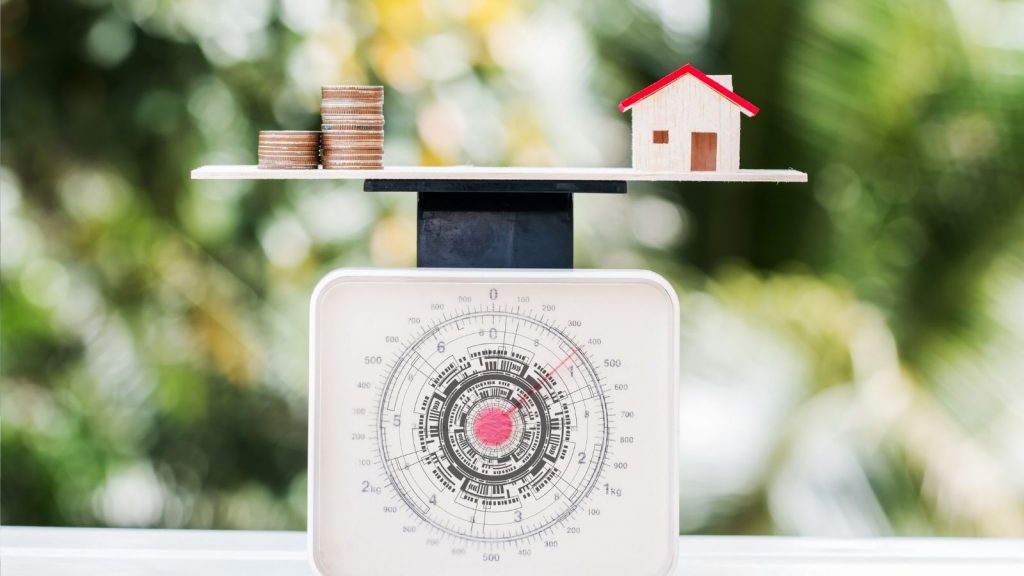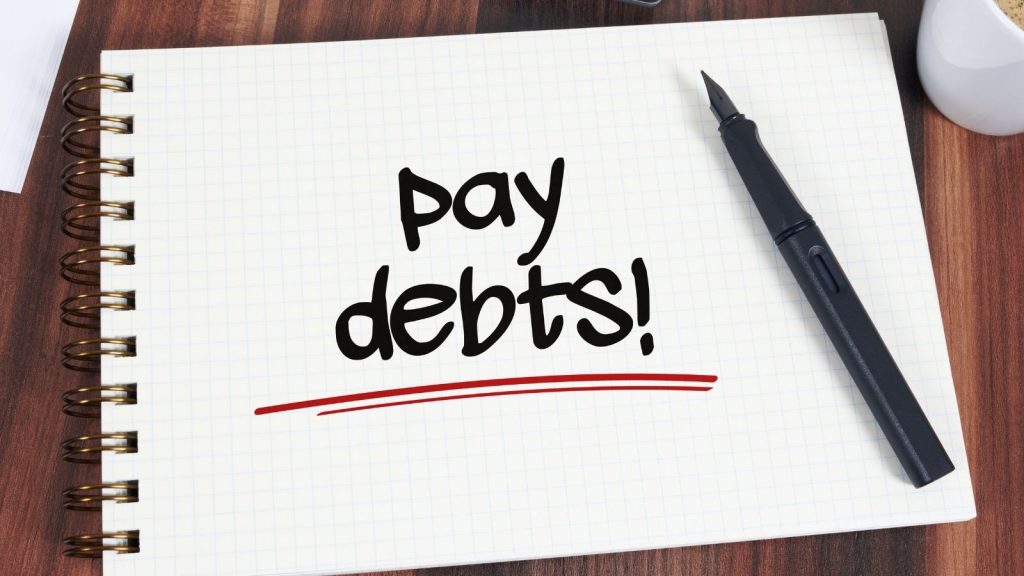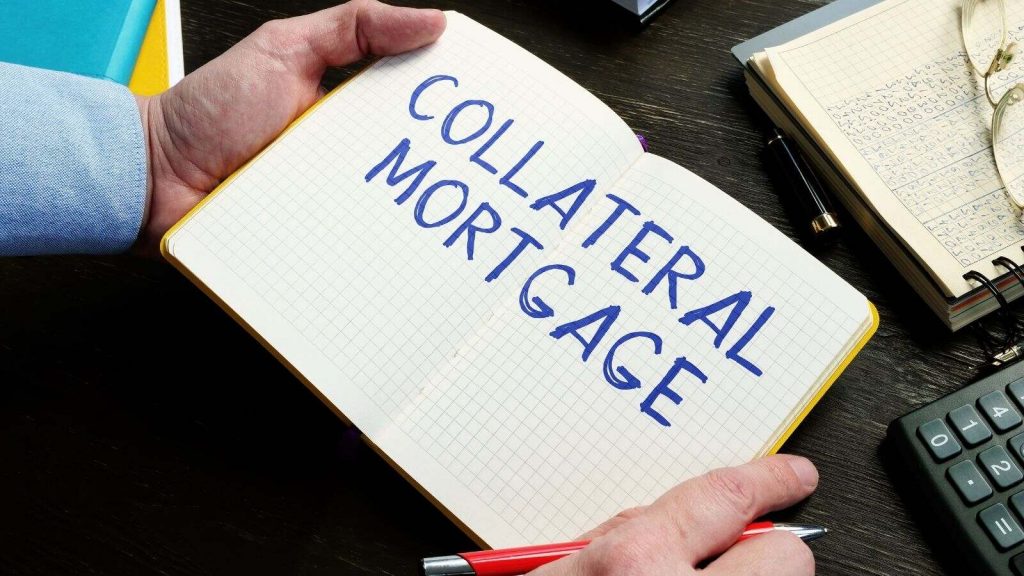How does a mortgage loan work? That’s not an easy question to answer, but one basic concept you’ll need to understand is collateral. What is it, and how does it relate to your home loan?
This article explains the role of collateral in the mortgage loan process, so you can make informed decisions about what you’re willing to risk when applying for credit.
A brief overview of the mortgage loan process

In a mortgage loan, two parties agree: a borrower receives a sum of money from a lender (i.e., someone who owns money) and agrees to pay back that loan with interest over time (until their mortgage is paid off). As collateral for that loan, borrowers often provide lenders with pieces of property or other assets.
If they fail to make payments on their loans, lenders can repossess these items as payment, and it protects them against loss if borrowers default on payments.
The term collateral refers to anything used as security for a debt or financial obligation; mortgages are one type of collateral loan, where homeowners pledge property as security for their loans.
A short history of collateral loans

Not so long ago, your credit score was all that mattered when you applied for a mortgage loan. And if you didn’t have a stellar FICO score, you were basically out of luck. This approach left many Americans without access to home loans. Luckily, those days are over.
Today, lenders consider collateral loans—or mortgage collateral—when making lending decisions. By understanding what these terms mean and how they work with mortgage loans, consumers can achieve their dream of homeownership.
The definition of collateral
A third party’s property is used to secure a loan. In mortgage loans, most mortgages require that you pledge collateral for your loan—typically your home.
If you don’t make payments, your lender can foreclose on your property. It is called recourse debt, as if you fail to repay it, they can seek recourse from you.
The importance of collateral

If you’re buying a house with a mortgage loan, you’ll probably be required to use some of your savings or assets as collateral. It ensures that if you default on your mortgage loan payments, your lender can seize these assets to recoup any outstanding balance.
Mortgages without collateral are called non-recourse loans—but they are rare, mainly because non-recourse loans leave lenders less protected from borrowers who default on their payments.
Ways to use collateral responsibly

The primary purpose of collateral is to secure your loan. You don’t want to risk losing your house or car, so you use an asset as collateral for a loan (usually from a bank). The lender is more comfortable loaning your money because they can seize your property if you fail to make payments.
Keep these tips in mind when using collateral responsibly 1. Pay off all other debt before taking out a mortgage loan with collateral – If you have credit card debt, student loans, or any other form of debt besides your mortgage, it’s best to pay that off before applying for a new loan.
Lenders will look at your debt-to-income ratio when deciding whether or not to approve your application; high debt levels could prevent them from approving it at all. 2.



